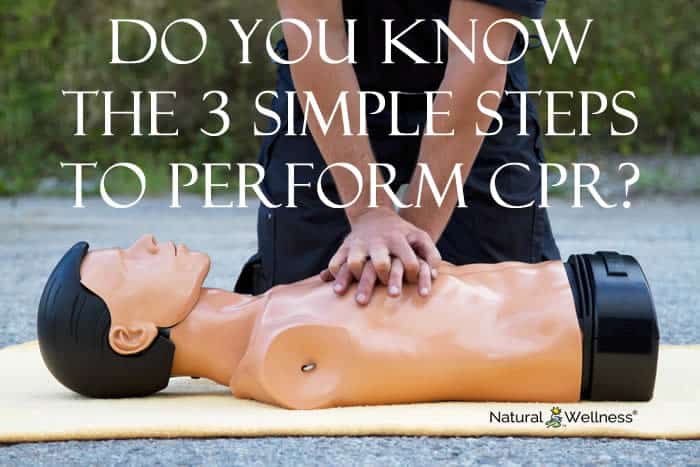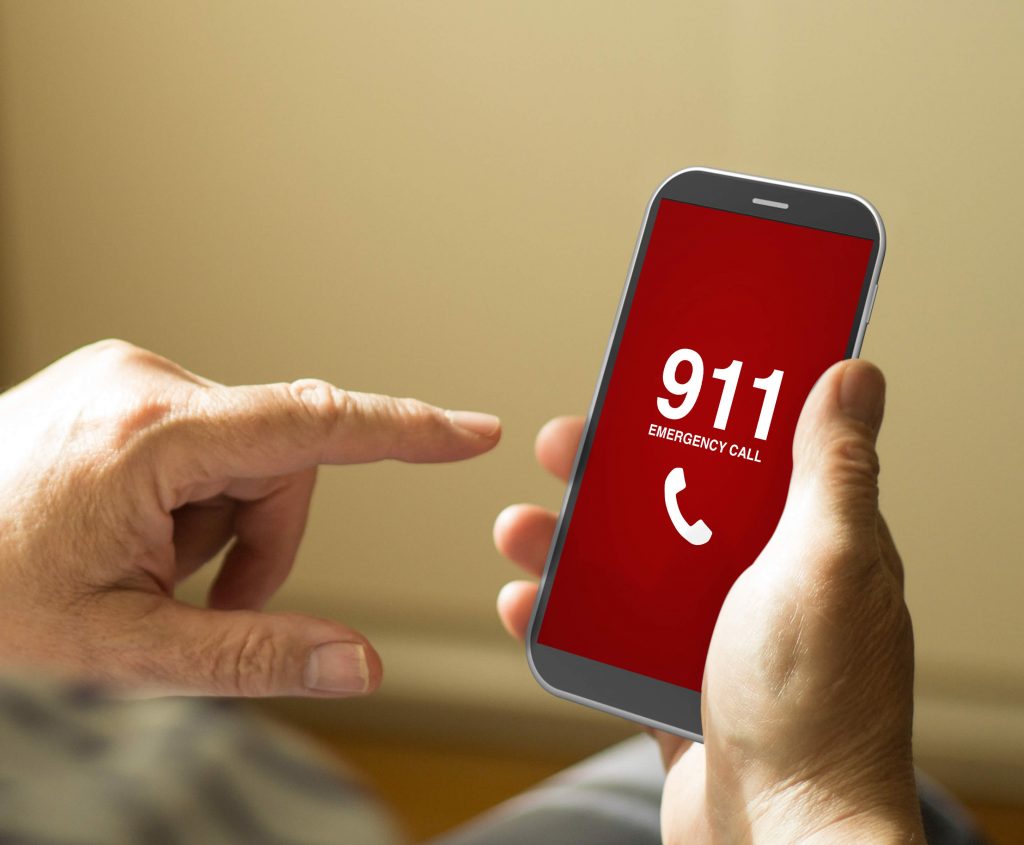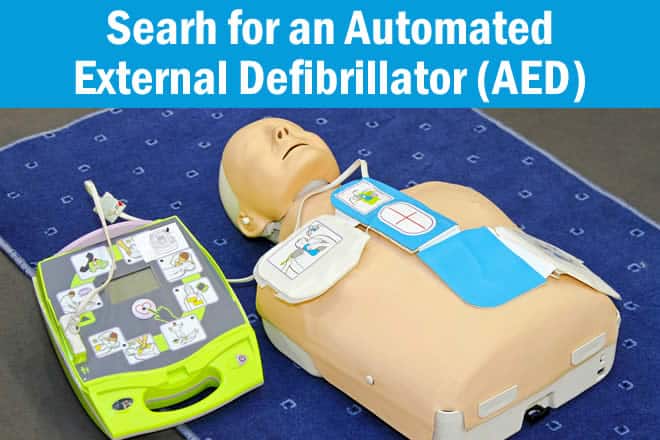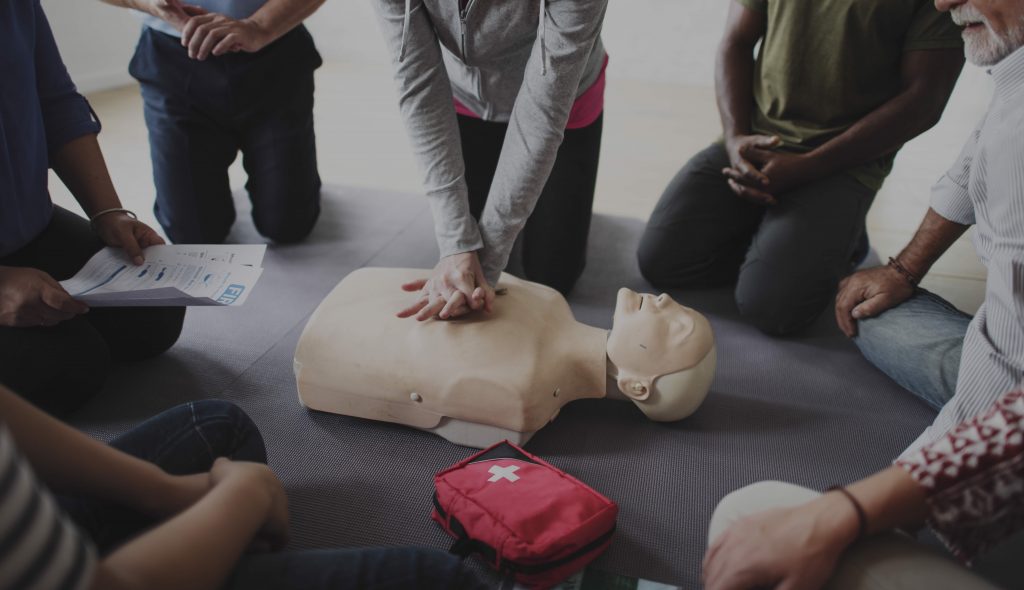

Everyone should be familiar with CPR techniques.
“Everyone?” you ask.
Yes! Everyone! If you’re nearby when someone, even a stranger, suffers a heart attack or nearly drowns, knowing CPR (cardiopulmonary resuscitation) could very well save that person’s life. As the Mayo Clinic recommends, “It’s far better to do something than to do nothing at all.”
What to Do Before Giving CPR
If you are at the scene of a cardiac or breathing emergency and there is no one else with CPR training, follow these steps (taken from the American Red Cross).

- First, check the environment to assess the danger. If the scene is safe, tap the person on the shoulder and ask, loudly and clearly, if the person needs help.
- Next, call 911. If there are people nearby willing to help, have them call 9-1-1 and search for an automated external defibrillator (AED). If an AED is unavailable or you are alone, stay with the victim, call 911 and then begin CPR preparation.

Before administering CPR, make sure the victim’s airway is unblocked. If it is safe to lay them on their back, do so and tilt their head back slightly. Check for breathing and listen carefully for no more than 10 seconds. (Gasping sounds do not count as breathing.) If you do not hear breathing, begin CPR.
Red Cross CPR Steps
These are the three steps for CPR, according to the Red Cross:
- Push hard, push fast. Place your hands, one on top of the other, in the middle of the person’s chest. Use your body weight to help you administer compressions that are at least two inches deep and delivered at a rate of at least 100 compressions per minute.
- Deliver rescue breaths. With the person’s head tilted back slightly and the chin lifted, pinch the nose shut and place your mouth over the person’s mouth to make a complete seal. Blow into the person’s mouth to make the chest rise. Deliver two rescue breaths, and then continue compressions. (Note: If the chest does not rise with the initial rescue breath, re-tilt the head before delivering the second breath. If the chest doesn’t rise with the second breath, the person may be choking. After each subsequent set of 100 chest compressions, and before attempting breaths, look for an object and, if seen, remove it.)
- Continue CPR steps. Keep performing cycles of chest compressions and breathing until the person exhibits signs of life, such as breathing, an AED becomes available, or EMS or a trained medical responder arrives on scene.
(If you’re unsure about performing these steps, check the EMS Safety site to learn about nine common errors of what not to do.)
Should You Attempt CPR if You’re Untrained?
You need not be a trained professional to administer CPR. Obviously, a certified professional is the optimal person to attempt a resuscitation, but an untrained person can still do their part. The American Heart Association advises the following procedures for those with varying levels of training:
- Untrained Bystanders are advised to provide hands-only CPR. Administer uninterrupted chest compressions of 100-120 per minute until paramedics arrive.
- “Trained but Rusty” Bystanders should do the same.
- Trained Bystanders should check the person’s pulse and breathing. If there is no breathing or pulse within 10 seconds, begin chest compressions. Start with 30 chest compressions before giving two rescue breaths.
How to Get Certified for CPR
The American Red Cross has a handy website offering CPR Certification in your area. Learning how to perform this lifesaving technique takes relatively little time – and might just be the most important class you’ll ever take!





